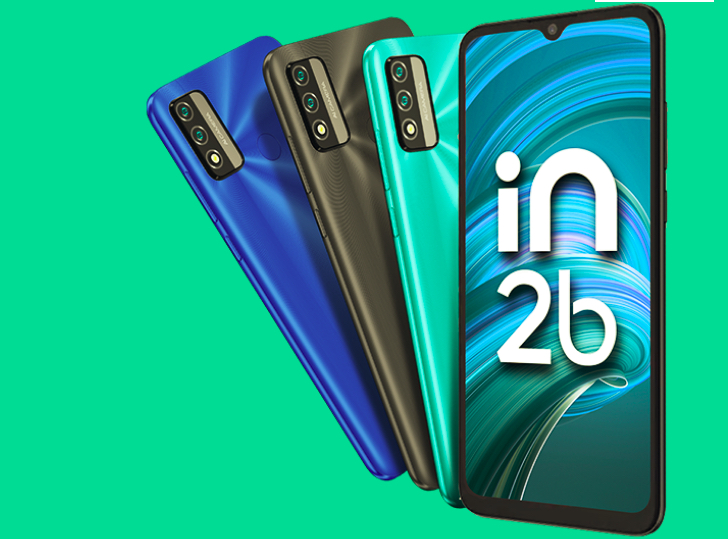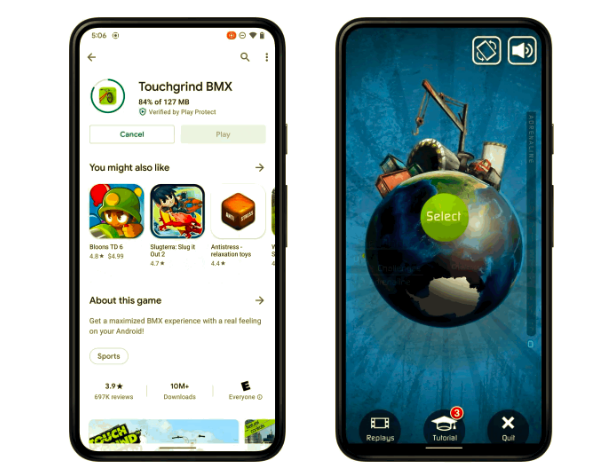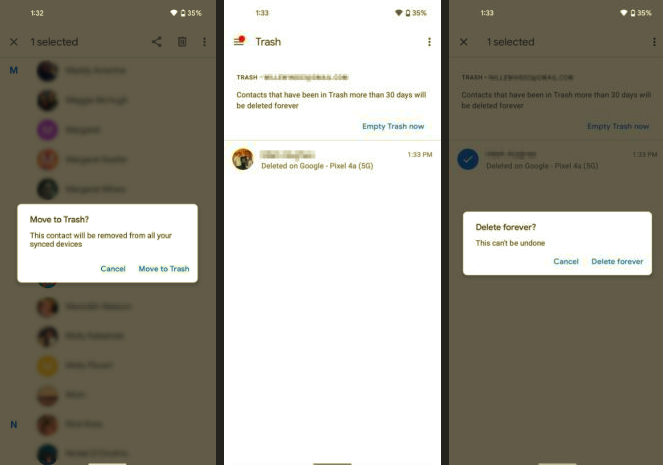It has been more than three months since Google unveiled the LG-made Nexus 5. With all major OEMs launching their 2014 flagship within the next month or so, now is a good time to revisit how the company’s latest Nexus handset has held up in real-life usage.
Display and Build Quality – More than what meets the eye
When I first got the Nexus 5 back in November, I was mighty impressed with the display of the phone. It’s big, bright, did not have color or saturation boosting BS and was surrounded by nearly non-existent bezel. 3 months later, I still love the Nexus 5 display. In fact, I prefer the Nexus 5 display to that of the HTC One — which according to many sports the best mobile display in recent times. Yes, the black levels are not that good but that does not undermine the fact that the display panel on the Nexus 5 is absolutely beautiful.
Unlike the Nexus 4 and HTC One, the Nexus 5 build quality can definitely withstand the test of time. Thanks to the rubberised plastic back and edges, the Nexus 5 does not pick up dents or scratches easily. It does, however, attract a lot of fingerprints.
My Nexus 5 recently fell down a flight of stairs and it did not pick up any dent or scratches, with only a Dbrand skin at the back providing any kind of protection. In contrast, my last phone — the HTC One — picked up a huge scratch or dent every time it fell down on the floor.
So, while the Nexus 5 might not feel great to hold like the HTC One, I am extremely satisfied with how the phone has held up after three months of usage and quite a few drops.
KitKat – Step in the right direction but lacking features
With KitKat, Google introduced a lot of minor new features and major improvement in RAM management — for better performance on low-end devices. The Nexus 5, however, is by no means a low-end device and runs KitKat smoothly. I did notice some lag when I first started the handset, but things have been pretty smooth since then.
The new experimental runtime that Google has introduced in KitKat — ART — definitely brings more butter to apps, especially while switching between them. However, I have switched back to Dalvik after initially trying out ART, because of the long installation times and some games not working properly.
Stock Android really has matured and KitKat definitely is a step in the right direction from Google. The new Pedometer and Wireless Printing APIs are two small features, that have made my life a hell lot easier. The addition of system wide emoji support is also another welcome addition that chat-aholics will like.
I am not really a fan of stock Android and flashed a custom ROM on the Nexus 5 soon after. As much as I love stock Android, it lacks some really basic features compared to other OEM skins that I have grown used to. With Google and Samsung signing a patent deal, I hope we see Google adding more features to future versions of Android.
Camera – Still not up to the mark
As a Nexus lover and ex-Nexus 4 user, I was really hoping that Google would provide a decent camera experience with the Nexus 5. A lot was said about the Nexus 5 camera, even before it was actually released. On paper, the Nexus 5 camera looks mighty impressive with an 8MP OIS sensor and 1.5u pixel size. It’s not the camera hardware but the software that kills the whole experience though.
Before the Android 4.4.2 update, the Nexus 5 camera was a disaster to use. The camera app was terribly slow to open and even the picture-to-picture time was insanely huge. While the 4.4.2 update has greatly improved the app’s performance, it still does not hold a candle in front of the HTC One’s excellent camera app.
If there is one reason why I’d ditch my Nexus 5 over the next couple of months, it would be because of the terrible Camera app. As an ex-HTC One owner, I really miss the excellent combination of the Camera and Gallery app. With the One, I created memories using its excellent Video highlights feature. With the Nexus 5, I only end up clicking pictures.
Battery Life – Adequate!
On paper, the 2300mAh battery of the Nexus 5 might seem awfully low but the handset manages to get through a day of heavy to moderate usage. Compared to the Nexus 4, the Nexus 5 battery is better by at least 20-25%, enough for me to last a day with nearly 4 hours of screen on time.


1 hour+ screen on time, 1 hour 30 mins+ of voice calls and nearly 2 hours of music playback in an area with poor 3G reception
However, compared to the late-2013 flagships like the LG G2 and Note 3, the Nexus 5 battery is inadequate and unacceptable. Ideally, I would have really liked the Nexus 5 to last me a day of heavy usage with nearly 5-6 hours of screen-on time without disabling or tweaking anything. Maybe the next Nexus 5 (2014) will finally deliver all day battery life that we all want.
Conclusion
Most of the issues of the Nexus 5 stem from its relatively low price point of $349. To make and sell a phone for so cheap, Google and LG have to make a few compromises, as evident from the camera and battery performance of the handset.
However, for its price point, the Nexus 5 delivers an absolutely killer price-to-performance ratio that no OEM has been able to match till now. For this sole reason, the Nexus 5 will still find its own share of consumers after the release of the Galaxy S5 and the next-gen HTC One.






















